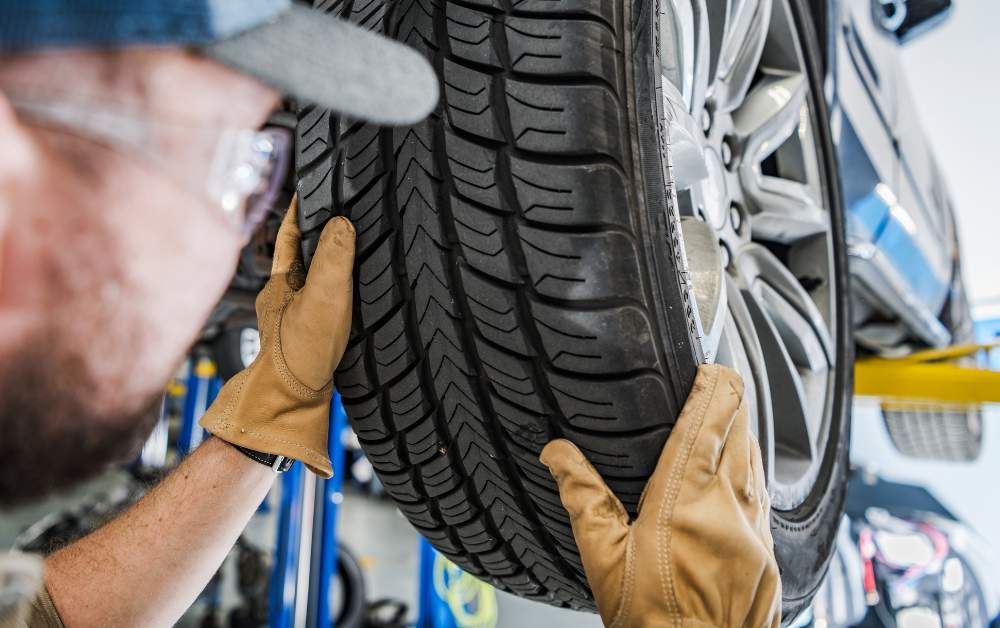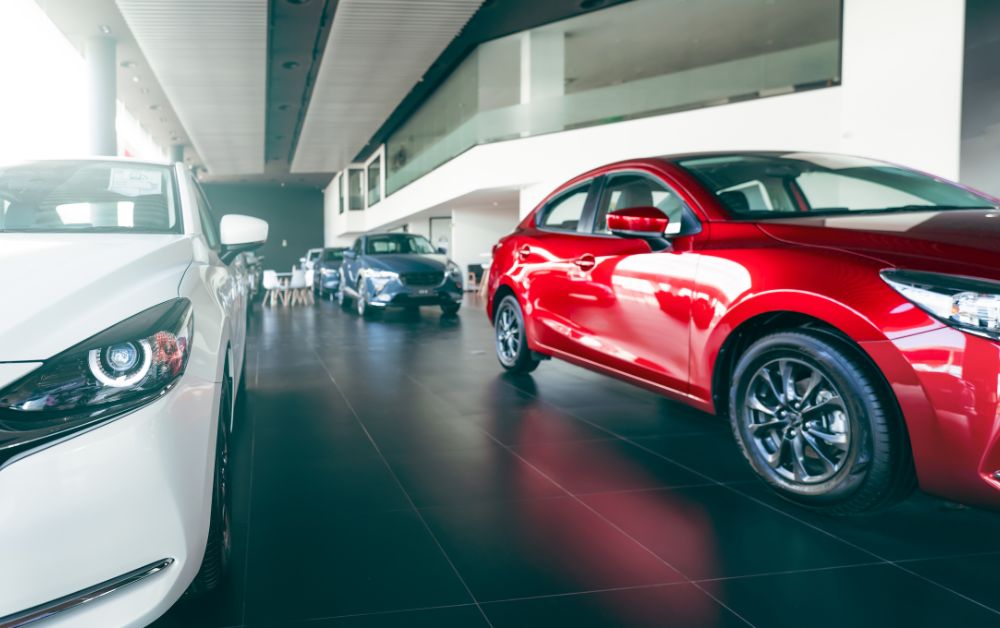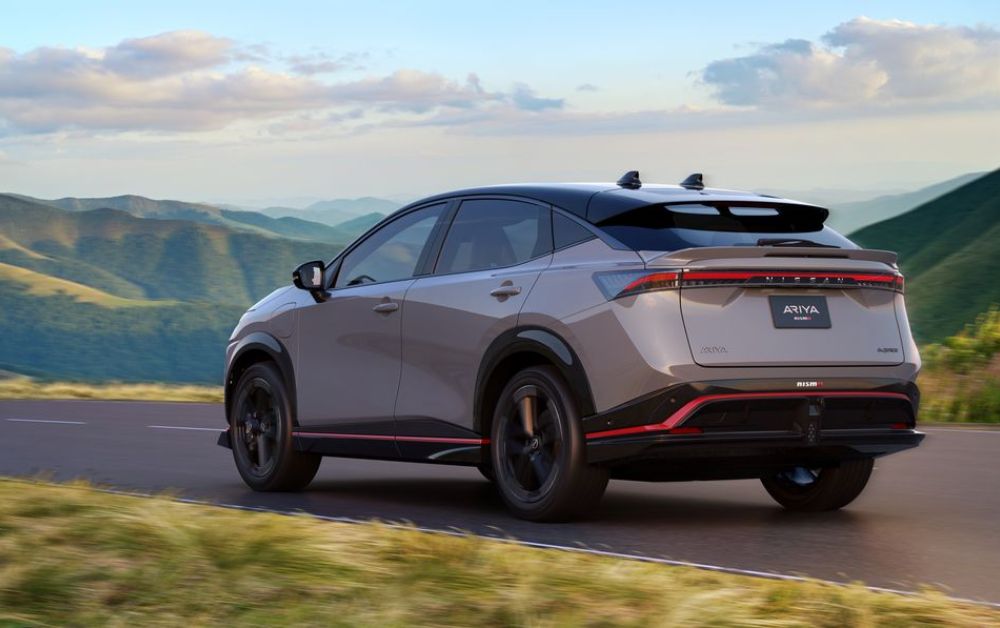Tesla, renowned for its pioneering efforts in making electric vehicles accessible to the masses, has been at the forefront of automotive innovation. Among its numerous groundbreaking features, Tesla’s Full Self-Driving mode has generated significant buzz and raised questions about the future of autonomous driving technology.
While Tesla’s advancements in this field are impressive, it’s crucial to understand the capabilities and limitations of its self-driving system. In this comprehensive guide, we delve into what Tesla’s Full Self-Driving entails, separating fact from fiction and shedding light on the realities of autonomous driving in today’s automotive landscape.
Tesla’s Full Self-Driving
Tesla has undeniably democratized electric vehicles, with models catering to a wide range of consumers. From high-performance variants to more accessible entry-level options, Tesla vehicles have redefined the automotive landscape. But amidst its achievements lies a contentious issue – the purported “self-driving” capabilities of Tesla cars.
While Tesla markets its Full Self-Driving Mode as a groundbreaking feature, suggesting vehicles capable of autonomous operation, the reality is far more nuanced. Tesla has indeed made significant strides in semi-autonomous driving technology, garnering considerable attention. However, it’s essential to recognize that Tesla isn’t the sole player in this arena, and recent developments suggest that competitors are closing the gap.
Understanding Vehicle Autonomy
In the realm of vehicle autonomy, classification follows a scale from Level 0 to Level 5, with Level 0 indicating no automation and Level 5 representing full automation. Tesla’s Full Self-Driving, along with similar systems from other manufacturers, falls under Level 2, offering limited hands-free capabilities.
Despite advancements, as of early 2024, there are no fully self-driving cars commercially available. Tesla’s Full Self-Driving system builds upon its standard Autopilot driver-assistance system, offering enhanced features for highway and urban driving scenarios.
Exploring Full Self-Driving Capabilities
Tesla’s Full Self-Driving integrates navigation and Autopilot functionality, facilitating efficient highway navigation, including lane changes, on- and off-ramps, and interchanges. Additionally, parking features such as Autopark and Summon enable automated parking maneuvers, enhancing convenience for users.
On-road capabilities include identifying traffic signs and signals, automatic speed adjustments, and stoppage when necessary. Moreover, Tesla vehicles come equipped with a suite of active safety features, including automatic emergency braking and lane-departure warnings, augmenting overall driving safety.
Limitations of Full Self-Driving
Despite its name, Full Self-Driving does not confer complete autonomy to Tesla vehicles. Drivers remain responsible for monitoring road conditions, staying attentive, and being prepared to intervene if necessary. Full Self-Driving does not absolve drivers of their responsibility for safe vehicle operation, and Tesla bears no liability for incidents resulting from system malfunctions.
Future Prospects
Tesla’s vision extends beyond its own vehicles, with plans to license Full Self-Driving technology to other automakers. While these ambitions signify a paradigm shift in the industry, challenges remain, with skepticism from competitors hindering widespread adoption.
Looking ahead, the integration of electric vehicles with Tesla’s Supercharger network indicates broader industry collaboration, potentially signaling the end of Tesla’s outsider status.
Is Tesla’s Self-Driving Technology Legal?
The legality surrounding Tesla’s self-driving technology is a complex issue that varies depending on jurisdiction and regulatory frameworks. While Tesla’s Full Self-Driving system offers advanced driver-assistance features, it’s important to note that it does not enable fully autonomous driving.
As of early 2024, regulations governing autonomous vehicles vary widely across different regions. Many countries and states have implemented specific laws and guidelines to govern the testing and deployment of autonomous vehicles on public roads. These regulations typically require a human driver to be present and attentive behind the wheel, ready to take control of the vehicle if necessary.
Tesla’s self-driving technology, including its Autopilot and Full Self-Driving features, falls within this regulatory framework. While these systems offer advanced capabilities such as automated lane-keeping, adaptive cruise control, and self-parking, they still require human oversight and intervention.
It’s essential for Tesla owners to familiarize themselves with the legal requirements and restrictions in their respective regions regarding the use of self-driving features. Additionally, Tesla continually updates its software and releases new features, often requiring regulatory approval before deployment in certain areas.
In conclusion, while Tesla’s self-driving technology represents a significant advancement in automotive innovation, its legality depends on compliance with existing regulations and laws governing autonomous vehicle operation. As technology evolves and regulations adapt, the legal landscape surrounding self-driving vehicles is likely to continue evolving as well.
Conclusion:
As Tesla continues to push the boundaries of automotive technology, the future of self-driving cars remains a topic of fascination and debate. While Tesla’s Full Self-Driving mode represents a remarkable achievement in semi-autonomous driving, it’s essential to approach this technology with caution and awareness of its limitations. As advancements in autonomous driving continue to evolve, it’s clear that the journey towards fully self-driving vehicles is ongoing. With Tesla’s innovative spirit and dedication to pushing the envelope, the landscape of autonomous driving is poised for further transformation in the years to come.










